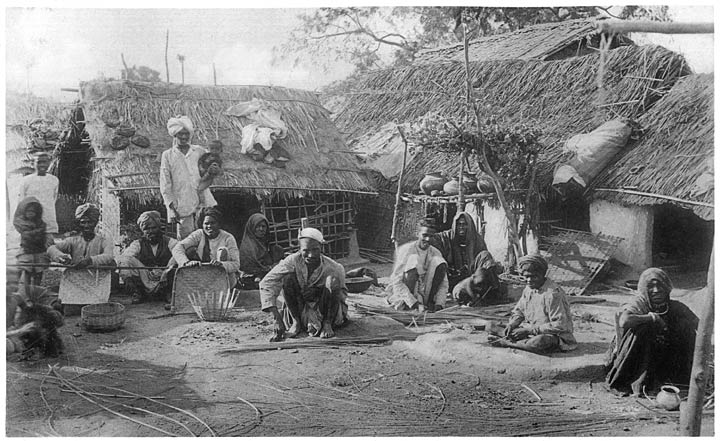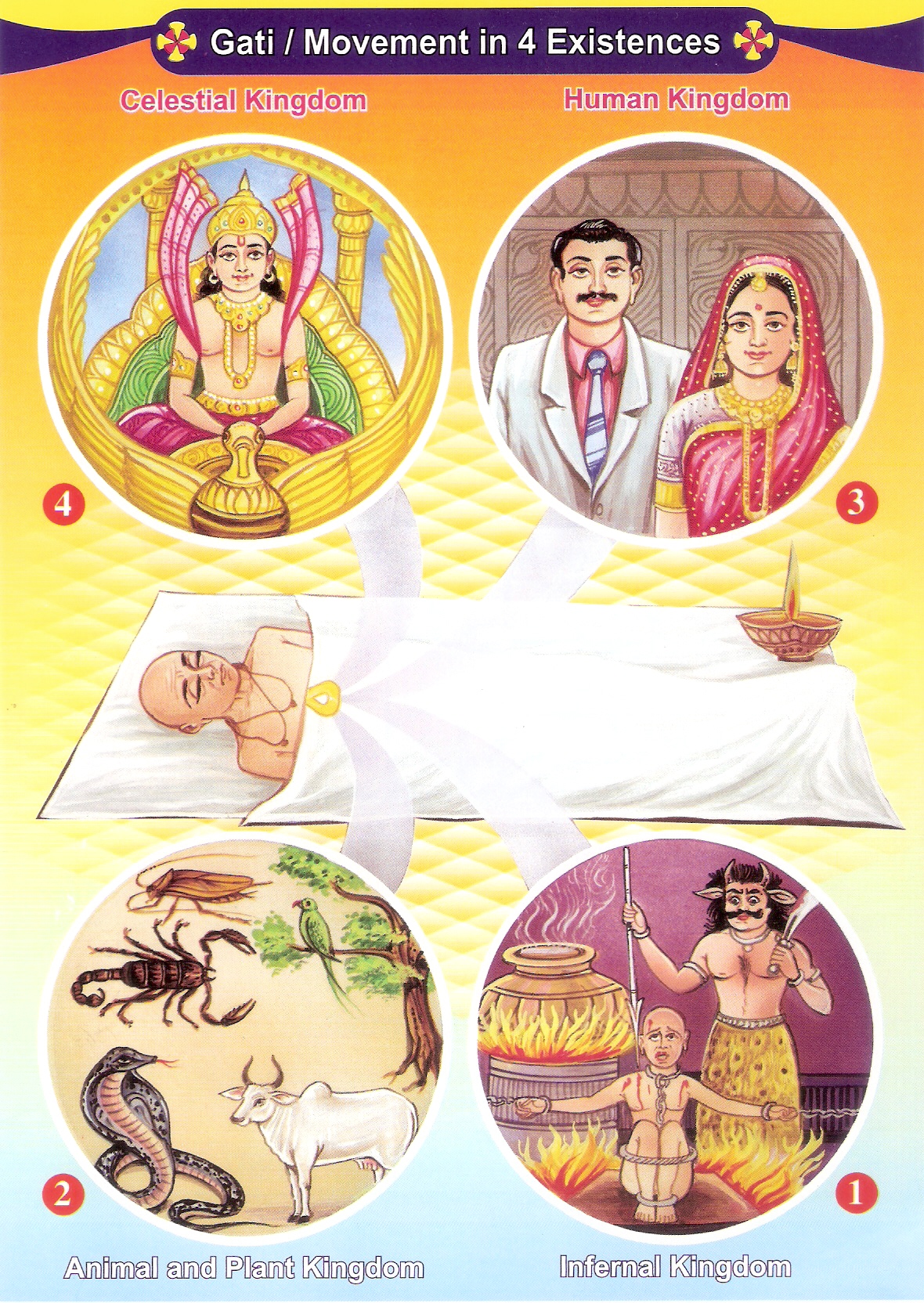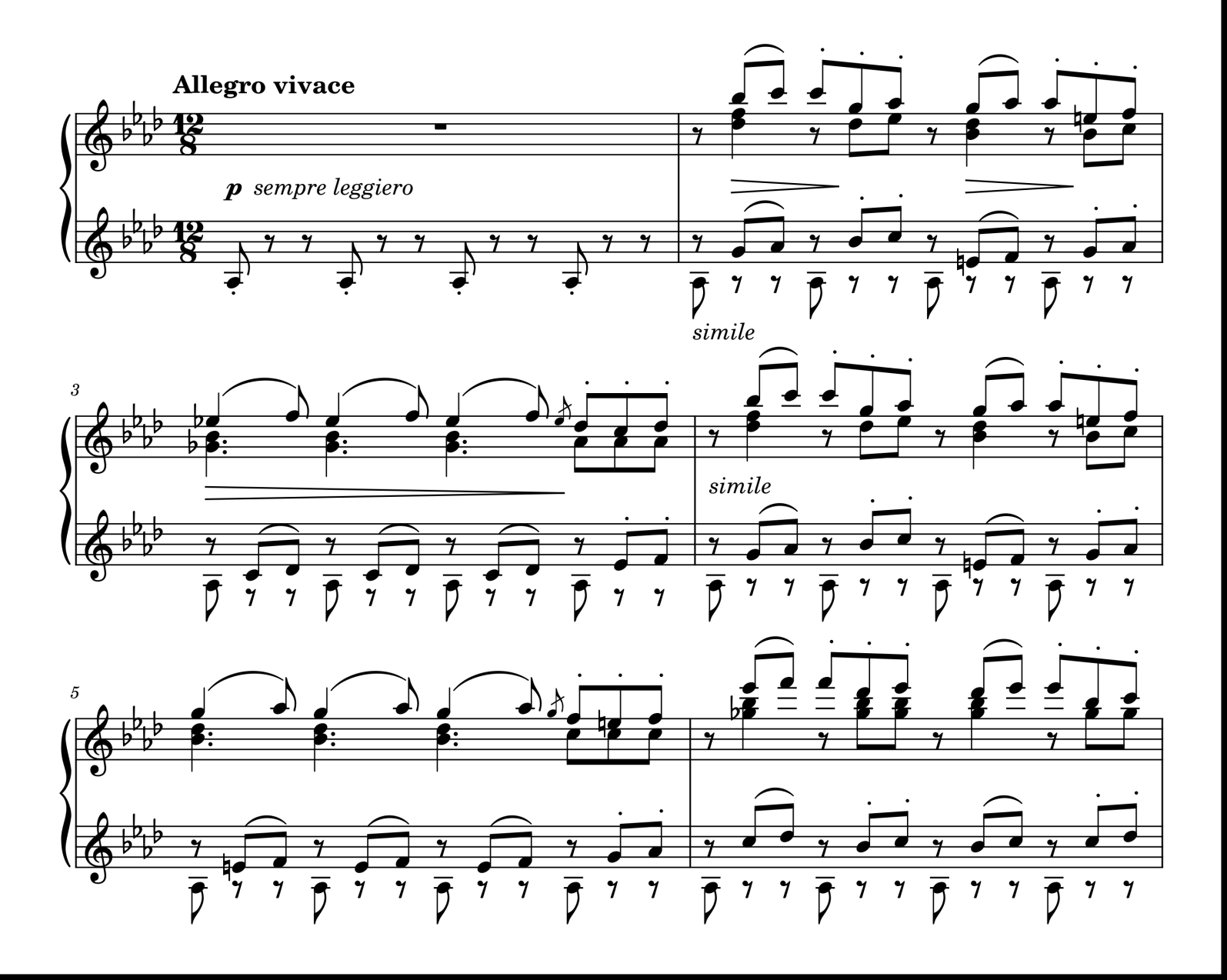|
Kannada Poetry
Kannada language, Kannada (ಕನ್ನಡ) is the language spoken in Karnataka (ಕರ್ನಾಟಕ, ಕರುನಾಡು). Karnataka has eight Jnanapeeth (ಜ್ಞಾನ ಪೀಠ ಪುರಸ್ಕೃತ) award winners, the highest honor bestowed for Indian literature. From the period of Adikavi Pampa(ಆದಿಕವಿ ಪಂಪ) who proclaimed his wish to be reborn as a little bee in the land of Kannada, Kannada poetry has come a long way to Kuvempu (ಕುವೆಂಪು) and Dattatreya Ramachandra Bendre (ದರಾ ಬೇಂದ್ರೆ) Pre-history Kannada poetry has been traced back to around 5th century A.D, though none of those early works have been found. The earliest extant poetry in ''tripadi'' meter are the Kappe Arabhatta records of 700 C.E. The first well known Kannada poet was Adikavi Pampa who wrote in an Archaism, archaic style of Kannada called Halegannada (figuratively "Old Kannada"). His Vikramarjuna Vijaya is hailed as a classic even to this day. With ... [...More Info...] [...Related Items...] OR: [Wikipedia] [Google] [Baidu] |
Kannada Language
Kannada () is a Dravidian languages, Dravidian language spoken predominantly in the state of Karnataka in southwestern India, and spoken by a minority of the population in all neighbouring states. It has 44 million native speakers, and is additionally a second or third language for 15 million speakers in Karnataka. It is the official and administrative language of Karnataka. It also has Languages with legal status in India, scheduled status in India and has been included among the country's Classical languages of India, designated classical languages.Kuiper (2011), p. 74R Zydenbos in Cushman S, Cavanagh C, Ramazani J, Rouzer P, ''The Princeton Encyclopedia of Poetry and Poetics: Fourth Edition'', p. 767, Princeton University Press, 2012, Kannada was the court language of a number of dynasties and empires of South India, Central India and the Deccan Plateau, namely the Kadamba dynasty, Western Ganga dynasty, Nolamba dynasty, Chalukya dynasty, Rashtrakutas, Western ... [...More Info...] [...Related Items...] OR: [Wikipedia] [Google] [Baidu] |
Caste
A caste is a Essentialism, fixed social group into which an individual is born within a particular system of social stratification: a caste system. Within such a system, individuals are expected to marry exclusively within the same caste (endogamy), follow lifestyles often linked to a particular occupation, hold a ritual status observed within a hierarchy, and interact with others based on cultural notions of social exclusion, exclusion, with certain castes considered as either more pure or more polluted than others. The term "caste" is also applied to morphological groupings in eusocial insects such as ants, bees, and termites#caste, termites. The paradigmatic ethnographic example of caste is the division of India's Hinduism, Hindu society into rigid social groups. Its roots lie in South Asia's ancient history and it still exists; however, the economic significance of the caste system in India seems to be declining as a result of urbanisation and affirmative action programs. ... [...More Info...] [...Related Items...] OR: [Wikipedia] [Google] [Baidu] |
British Occupation Of India
The British Raj ( ; from Hindustani , 'reign', 'rule' or 'government') was the colonial rule of the British Crown on the Indian subcontinent, * * lasting from 1858 to 1947. * * It is also called Crown rule in India, * * * * or direct rule in India. * Quote: "Mill, who was himself employed by the British East India company from the age of seventeen until the British government assumed direct rule over India in 1858." * * The region under British control was commonly called India in contemporaneous usage and included areas directly administered by the United Kingdom, which were collectively called ''British India'', and areas ruled by indigenous rulers, but under British paramountcy, called the princely states. The region was sometimes called the Indian Empire, though not officially. As ''India'', it was a founding member of the League of Nations and a founding member of the United Nations in San Francisco in 1945. Quote: " India Executive Council: Sir Arcot Rama ... [...More Info...] [...Related Items...] OR: [Wikipedia] [Google] [Baidu] |
Reincarnation
Reincarnation, also known as rebirth or transmigration, is the Philosophy, philosophical or Religion, religious concept that the non-physical essence of a living being begins a new lifespan (other), lifespan in a different physical form or physical body, body after biological death. In most beliefs involving reincarnation, the soul of a human being is immortality, immortal and does not disperse after the physical body has perished. Upon death, the soul merely becomes transmigrated into a newborn baby or into an animal to continue its immortality. (The term "transmigration" means the passing of a soul from one body to another after death.) Reincarnation (''punarjanman'') is a central tenet of Indian religions such as Hinduism, Buddhism, Jainism, and Sikhism. In various forms, it occurs as an esoteric belief in many streams of Judaism, in certain Paganism, pagan religions (including Wicca), and in some beliefs of the Indigenous peoples of the Americas and of Australian ... [...More Info...] [...Related Items...] OR: [Wikipedia] [Google] [Baidu] |
Musical Composition
Musical composition can refer to an Originality, original piece or work of music, either Human voice, vocal or Musical instrument, instrumental, the musical form, structure of a musical piece or to the process of creating or writing a new piece of music. People who create new compositions are called composers. Composers of primarily songs are usually called songwriters; with songs, the person who writes lyrics for a song is the lyricist. In many cultures, including Western classical music, the act of composing typically includes the creation of music notation, such as a sheet music, sheet music "score", which is then performed by the composer or by other musicians. In popular music and Folk music, traditional music, songwriting may involve the creation of a basic outline of the song, called the lead sheet, which sets out the melody, lyrics and chord progression. In classical music, orchestration (choosing the instruments of a large music ensemble such as an orchestra which will ... [...More Info...] [...Related Items...] OR: [Wikipedia] [Google] [Baidu] |
One With God
1 (one, unit, unity) is a number, numeral, and glyph. It is the first and smallest positive integer of the infinite sequence of natural numbers. This fundamental property has led to its unique uses in other fields, ranging from science to sports, where it commonly denotes the first, leading, or top thing in a group. 1 is the unit of counting or measurement, a determiner for singular nouns, and a gender-neutral pronoun. Historically, the representation of 1 evolved from ancient Sumerian and Babylonian symbols to the modern Arabic numeral. In mathematics, 1 is the multiplicative identity, meaning that any number multiplied by 1 equals the same number. 1 is by convention not considered a prime number. In digital technology, 1 represents the "on" state in binary code, the foundation of computing. Philosophically, 1 symbolizes the ultimate reality or source of existence in various traditions. In mathematics The number 1 is the first natural number after 0. Each natural number, ... [...More Info...] [...Related Items...] OR: [Wikipedia] [Google] [Baidu] |
Bhakta
''Bhakti'' (; Pali: ''bhatti'') is a term common in Indian religions which means attachment, fondness for, devotion to, trust, homage, worship, piety, faith, or love.See Monier-Williams, ''Sanskrit Dictionary'', 1899. In Indian religions, it may refer to loving devotion for a personal God (like Krishna or Devi), a formless ultimate reality (like Nirguna Brahman or the Sikh God) or an enlightened being (like a Buddha, a bodhisattva, or a guru).Bhakti ''Encyclopædia Britannica'' (2009)Karen Pechelis (2011), "Bhakti Traditions", in ''The Continuum Companion to Hindu Studies'' (Editors: Jessica Frazier, Gavin Flood), Bloomsbury, , pp. 107–121 Bhakti is often a deeply emotional devotion based on a relationship be ... [...More Info...] [...Related Items...] OR: [Wikipedia] [Google] [Baidu] |
Dasa
DASA (officially Deutsche AeroSpace AG, later Daimler-Benz AeroSpace AG, then DaimlerChrysler AeroSpace AG) was a German aerospace manufacturer. It was created during 1989 as the aerospace subsidiary arm of Daimler-Benz, Daimler-Benz AG (later DaimlerChrysler) from 1989. The company acquired rival manufacturer Messerschmitt-Bölkow-Blohm (MBB) that same year, integrating it along with its other aerospace interests, MTU Aero Engines, MTU München, and Dornier Flugzeugwerke, by 1992. The company's existence was relatively brief due to the peace dividend of the 1990s having motivated industry-wide consolidation. During July 2000, DASA merged with Aérospatiale-Matra of France and CASA (aircraft manufacturer), Construcciones Aeronáuticas SA (CASA) of Spain to form Airbus, EADS, which has since rebranded itself as ''Airbus Group''. History DASA (from ''Deutsche Aerospace Aktiengesellschaft'') was founded on 19 May 1989 by the merger of Daimler-Benz's aerospace interests, MTU Aero E ... [...More Info...] [...Related Items...] OR: [Wikipedia] [Google] [Baidu] |
Carnatic Music
Carnatic music (known as or in the Dravidian languages) is a system of music commonly associated with South India, including the modern Indian states of Andhra Pradesh, Karnataka, Kerala, Tamil Nadu, Telangana and southern Odisha. It is one of three main subgenres of Indian classical music that evolved from ancient Hindu texts and traditions, particularly the Samaveda. (The other two are Hindustani music and Odissi music.) The main emphasis in Carnatic music is on vocal music; most compositions are written to be sung, and even when played on instruments, they are meant to be performed in ''gāyaki'' (singing) style. Although there are stylistic differences, the basic elements of (the relative musical pitch), (the musical sound of a single note), (the mode or melodic formulae), and (the rhythmic cycles) form the foundation of improvisation and composition in both Carnatic and Hindustani music. Although improvisation plays an important role, Carnatic music is mainly sung ... [...More Info...] [...Related Items...] OR: [Wikipedia] [Google] [Baidu] |
South India
South India, also known as Southern India or Peninsular India, is the southern part of the Deccan Peninsula in India encompassing the states of Andhra Pradesh, Karnataka, Kerala, Tamil Nadu and Telangana as well as the union territories of Lakshadweep and Puducherry, occupying 19.31% of India's area () and 20% of India's population. It is bound by the Bay of Bengal in the east, the Arabian Sea in the west and the Indian Ocean in the south. The geography of the region is diverse, with two mountain ranges, the Western and Eastern Ghats, bordering the plateau heartland. The Godavari, Krishna, Kaveri, Penna, Tungabhadra and Vaigai rivers are important non-perennial sources of water. Chennai, Bengaluru, Hyderabad, Coimbatore and Kochi are the largest urban areas in the region. The majority of the people in South India speak at least one of the four major Dravidian languages: Telugu, Tamil, Kannada and Malayalam. During its history, a number of dynastic kingdoms ruled ove ... [...More Info...] [...Related Items...] OR: [Wikipedia] [Google] [Baidu] |
Spirituality
The meaning of ''spirituality'' has developed and expanded over time, and various meanings can be found alongside each other. Traditionally, spirituality referred to a religious process of re-formation which "aims to recover the original shape of man", oriented at "the image of God" as exemplified by the List of founders of religious traditions, founders and sacred texts of the religions of the world. The term was used within early Christianity to refer to a life oriented toward Holy Spirit (Christianity), the Holy Spirit and broadened during the Late Middle Ages to include mind, mental aspects of life. In modern times, the term both spread to other religious traditions and broadened to refer to a wider range of experiences, including a range of Western esotericism, esoteric and religious traditions. Modern usages tend to refer to a subjective experience of a Sacredness, sacred dimension, and the "deepest values and meanings by which people live", often in a context separate from ... [...More Info...] [...Related Items...] OR: [Wikipedia] [Google] [Baidu] |






